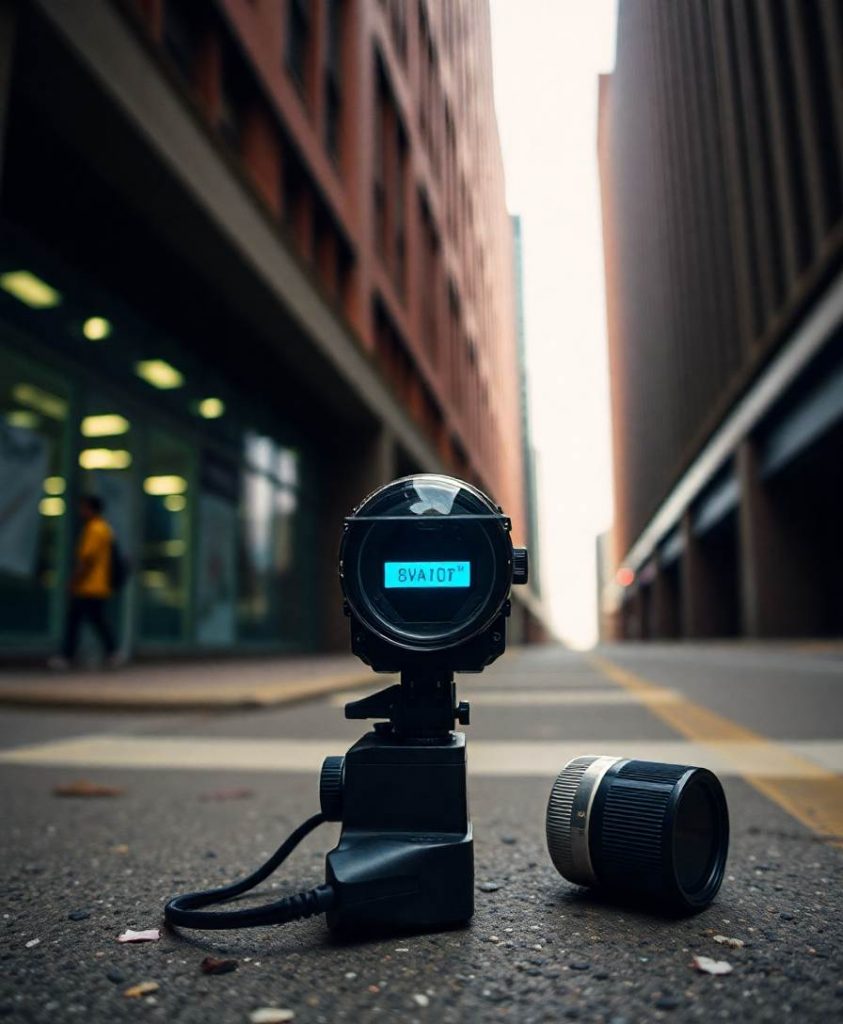To understand neural encoding of neuropathic pain, evoked and resting activity of peripheral human C-fibers are studied via microneurography experiments. Before different spiking patterns can be analyzed, spike sorting is necessary to distinguish the activity of particular fibers of a recorded bundle. Due to single-electrode measurements and high noise contamination, standard methods based on spike shapes are insufficient and need to be enhanced with additional information. Such information can be derived from the activity-dependent slowing of the fiber propagation speed, which in turn can be assessed by introducing continuous “background” 0.125–0.25 Hz electrical stimulation and recording the corresponding responses from the fibers. Each fiber’s speed propagation remains almost constant in the absence of spontaneous firing or additional stimulation. This way, the responses to the “background stimulation” can be sorted by fiber. In this article, we model the changes in the propagation speed resulting from the history of fiber activity with polynomial regression. This is done to assess the feasibility of using the developed models to enhance the spike shape-based sorting. In addition to human microneurography data, we use animal in-vitro recordings with a similar stimulation protocol as higher signal-to-noise ratio data example for the models.


